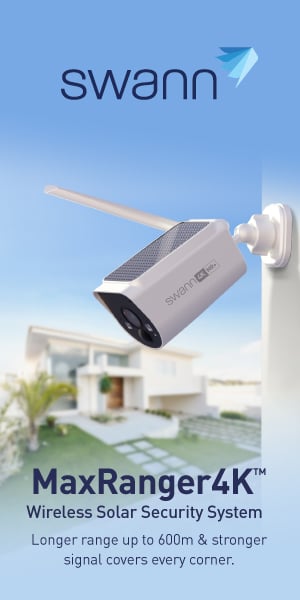The results of Microsoft’s fourth annual Work Trend Index – its first collaboration with LinkedIn – were released this week and confirm the growing role of AI in the workplace and its role in shaping the labour market.
The Work Trend Index combines survey data from 31,000 knowledge workers and leaders across 31 countries – including Australia, New Zealand, the US and the UK – as well as trillions of productivity signals, telemetry data and LinkedIn jobs and labour data to show how AI is taking root in the workplace.
The Work Trend Index revealed three key themes.
The first is that employees want AI at work – and won’t wait for companies to catch up. New Zealand workers are among the strongest adopters of generative AI in the workplace, with 84 per cent using the technology at work, higher than the global average of 75 per cent. Employees who are using AI say it, saves time, boosts creativity, and allows them to focus on their most important work.
However, the rapid uptake means New Zealand leaders are more worried that their organisation lacks a plan and vision to implement AI (74 per cent of New Zealand leaders, versus 60 per cent of global leaders).
While leaders agree AI adoption is critical to remaining competitive, employees often aren’t waiting to be formally trained or introduced to the tools via their IT departments and leadership teams. Eighty-one per cent of AI users in New Zealand are bringing their own AI tools to work.
The second key finding of the report is that AI skills are giving job seekers the edge. While AI and job loss are top of mind for some, Work Trend Index data shows employees with AI skills will be prioritised.
In Australia, LinkedIn research shows 87 per cent of hiring managers plan to hire or expand their workforce this year. However, in New Zealand, unemployment is forecast to rise to at least 5 per cent by the end of 2024.

This makes it even more important for New Zealand workers to upskill. However, only 39 per cent of LinkedIn users, globally, have received AI training from their company. Hence, professionals are skilling up on their own. As of late last year, there’s been a 142 per cent increase in LinkedIn members adding AI skills like Copilot and ChatGPT to their profiles and a 160 per cent increase in non-technical professionals using LinkedIn Learning courses to build their AI aptitude.
“Leaders have made their land grab for technical AI talent – with hiring up 323 per cent globally in the last eight years. Now they’re turning their sights to non-technical talent with AI-aptitude. While leaders recognise the value of bringing on new employees with these skills, they’re missing the value of developing their own people by investing in AI tools or products for their teams and implementing training that’s specific to their industry and employees’ job functions,” said Matt Tindale, Managing Director, LinkedIn Australia and New Zealand.

The third major finding of the report was the rise of the AI power user. Through the Work Trend Index research, four types of AI users emerged – from sceptics who rarely use AI, to power users who use it extensively. Compared to sceptics, AI power users have reoriented their workdays in fundamental ways, reimagining business processes and saving over 30 minutes per day, according to the report.
Approximately 8 in 10 Kiwi power users frequently start their day with AI or use it to get ready for the following day, in line with the global average of 85 per cent. Over 90 per cent of power users say AI makes their overwhelming workload more manageable and their work more enjoyable.
However, the data shows New Zealand is behind other countries on engagement from business leadership. Power users in New Zealand are 36 per cent more likely than the average worker to have heard from their CEO (compared to 61 per cent globally), and 33 per cent more likely to have heard from their function or department lead (compared to 40 per cent globally), on the importance of using generative AI at work. This could, says Microsoft, be holding New Zealand back from driving greater ROI on AI investments.
The data also shows New Zealand workplaces need to encourage a culture of greater AI experimentation and training. Only 33 per cent of power users in New Zealand say they are experimenting with different ways of using AI (compared to 68 per cent of global AI power users); and just 24 per cent are frequently asking co-workers what prompts they find most useful (versus 40 per cent globally). AI power users in New Zealand are also about 10 per cent less likely to receive training on how to use AI for their specific role or function compared to global AI power users.
Lucy Debono, Modern Work Business Director, Microsoft Australia and New Zealand, says 2024 is the year AI at work will become “real”. “Organisations that apply AI to drive growth, manage costs, and deliver greater value to their customers will pull ahead. The data also shows that AI will play a major role in the labour market, with greater value placed on AI – both as a skillset and aptitude among job seekers, and for its ability to reshape workflows so employees can enjoy their work more,” said Debono.














































